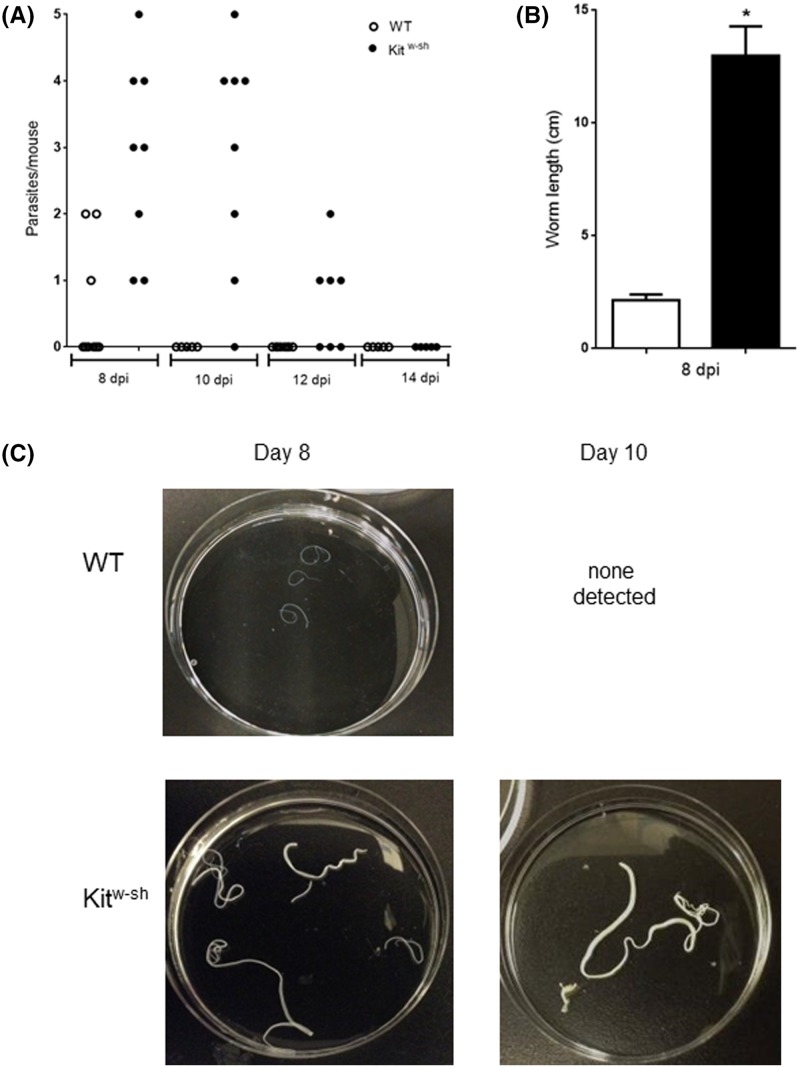Figure 2. Kitw-sh mice display delayed expulsion of H. diminuta.
Wild-type (WT) and mast cell-deficient (Kitw-sh) mice were infected with 5 cysticercoids of H. diminuta by oral gavage. At 8, 10, 12 and 14 days post-infection, mice under deep anesthesia were necropsied, the intestines flushed with ice-cold PBS and recovered worms counted (A). Parasites were measured (B) and representative images are shown in panel (C) (data are mean ± SEM; n = 3–8; *P<0.05 compared with time-matched WT mice).

